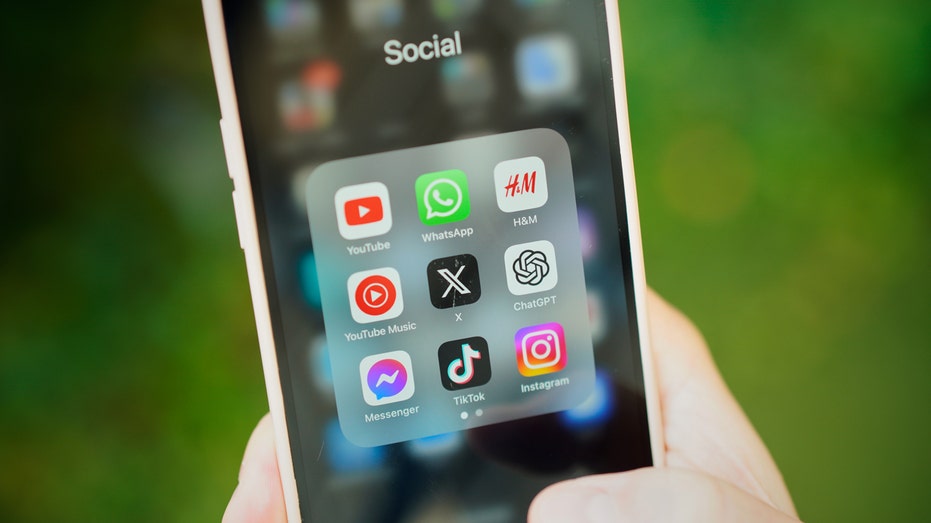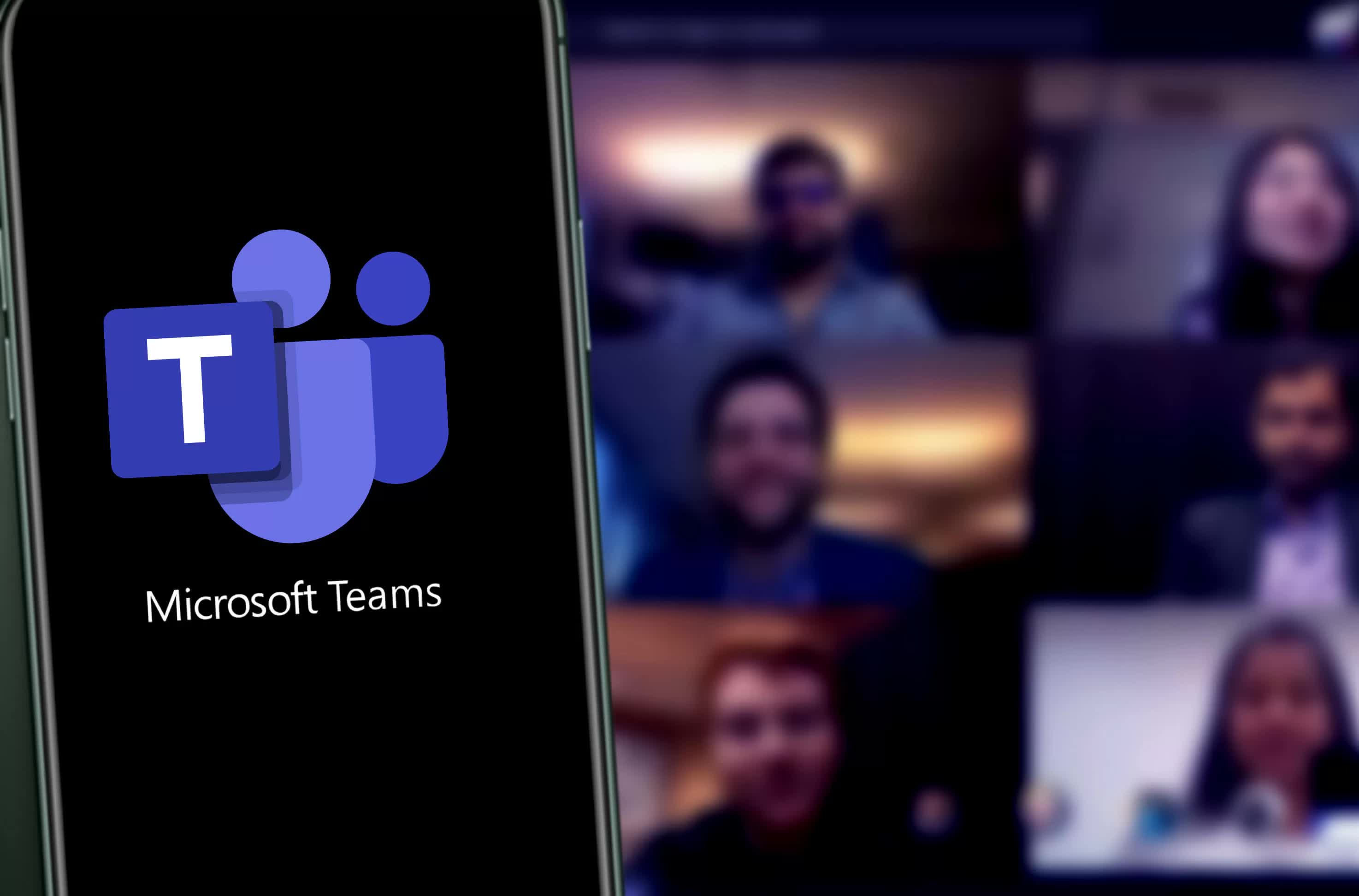www.forbes.com
Artificial and natural intelligences can be curated in complementarity in the form of hybrid ... [+] intelligence, once we have a holistic understanding of their respective characteristics.gettyIn recent weeks, the AI landscape reached a new milestone with the release of several reasoning models, including OpenAIs ChatGPT o3-mini, Deep Seek-R1 and Gemini 2.0 Flash. Building on the foundations laid by models like GPT-3 and GPT-4, these latest systems demonstrate notable gains in logical consistency and context awareness. Their rapid evolution does not unfold in isolation but coincide with technological strides on multiple fronts.A pragmatic response to these converging trends would be an investment in double literacy, an approach that curates and aligns both natural and artificial intelligence as a way of curating hybrid intelligence. Why?An Acceleration Of Our Artificial ArsenalAs AI systems grow more capable, jailbreaking manipulating AI to bypass its built-in constraints has become an increasingly pressing concern. More powerful models often prove more vulnerable to exploitation, challenging developers and policymakers to keep safeguards ahead of potential misuse.At the same time, agentic AI and robotics are making striking advances. Robots researched by NASA robotics and pioneered by Boston Dynamics, among others, illustrate how physical machines equipped with sophisticated sensors and actuators can now navigate, manipulate objects, and execute tasks with unprecedented agility. Meanwhile, purely software-based AI agents think advanced virtual assistants or complex problem-solving programs leverage machine learning, natural language processing, and large-scale data analysis to make autonomous decisions. They already tackle intricate tasks such as medical diagnostics or financial modeling without needing a physical form.Increasingly, these two fields converge: software agents orchestrate fleets of robots, while robots generate invaluable real-world data to feed AIs learning processes. Yet, with the rise of powerful AI comes a heightened risk of jailbreaking and related vulnerabilities. The smarter these systems become, the harder they can be to control, underscoring the need for a balanced, human-guided approach that ensures such technologies serve constructive ends.MORE FOR YOUGiven these rapid developments, double literacy, mastery of artificial and natural intelligence in complementarity is no longer optional. As (agentic and eventually embodied) AI becomes more deeply intertwined with daily life, individuals, communities, and entire societies must learn to engage with machine intelligence from a position of awareness and agency. But what is natural intelligence?Natural Intelligence: A Composition Of 2 x 4 DimensionsTo fully grasp the importance of double literacy, we must first define what natural intelligence entails. NI is not simply about cognition; it is a composite of twice four dimensions:Aspiration, Emotion, Thought, and Sensation are the four core components of individual intelligence. Aspiration shapes long-term goals, emotion influences decision-making, thought structures logic and learning, and sensation grounds perception and experience.Person, Community, Country, and Planet are the four collective dimensions of intelligence. Individuals are not isolated; they are embedded within communities, shaped by national policies, and influenced by global systems. Micro, meso, macro and meta arenas mutually influence each other, and the whole that they are part of. Everything is connected in a continuum of constant change,A holistic comprehension of NI means understanding that intelligence is neither purely individual nor solely cognitive. It is an interconnected web of experience shaped by our internal aspirations and emotions and the broader social and planetary context in which we operate. Unlike AI, which excels at processing vast datasets, NI integrates meaning, ethics, and adaptability into decision-making.The Beauty Of Double LiteracyNI literacy entails appreciating the multidimensional nature of human intelligence encompassing aspiration, emotion, thought, and sensationand recognizing how these individual facets operate within broader social contexts, from person and community to country and planet.AI literacy involves understanding how AI models work, including their limitations and inherent biases, as well as the ethical considerations accompanying their use such as the potential spread of misinformation and other unintended consequences. It also requires recognizing when to trust AI systems versus relying on human judgment and staying informed about ongoing developments in AI capabilities and regulations.A 360-degree understanding of brain and body, self and society, combined with a granular comprehension of technology, improves our critical thinking and moral reasoning ability. It also equips us to take personal responsibility for decisions and outcomes in increasingly hybrid society, in which billions are still left out from the enjoyment of even the most fundamental of their human rights such as education.Curating Hybrid IntelligenceHybrid intelligence merges the best of AI and NI. Machines enhance human capabilities, while humans inject ethical judgment, empathy, and broader contextual understanding into automated processes. This synergy is transforming multiple domains:Research: AI uncovers unconventional connections, but human researchers ensure meaningful interpretation and real-world application.Medicine: AI can identify early disease patterns in massive data pools, but doctors integrate empathy, patient histories, and ethical considerations.Education: AI tailors learning paths to individual students while educators inspire creativity, critical thinking, and values-based reasoning.Business: AI streamlines operations and analyzes market trends, yet leaders provide strategic direction, relationship-building, and ethical guardrails.By blending AIs precision with NIs depth, hybrid intelligence positions us to address complex societal challenges responsibly.Takeaway: 4 Questions For Daily Double LiteracyTo strengthen double literacy, individuals and organizations can begin by asking four core questions whenever they interface with AI:Why are you using AI? Clarify your motivations and ambitions.What is the AI optimizing for? Understand the systems design, objectives, and incentives.Does this align with my values? Pinpoint where AI complementsor conflicts withyour human priorities.Which decisions will I never delegate to AI? Maintain personal agency and moral responsibility in all human-AI collaborations.As AI continues to evolve, merely adapting to new tools is not enough; we must systematically cultivate our own natural intelligence. Because only a deliberate balance of all our assets will ensure we remain informed curators of an ever-expanding universe of machine intelligence, not passive consumers. Agency amid AI is not a luxury but our best bet to flourish.So far, understanding the organically evolving kaleidoscope that each of us represents is not part of traditional school curricula. It is time to change that to future-proof society.In the meantime, each of us, particularly parents, teachers and caregivers, is well advised to start curating hybrid intelligence at home. Without hybrid intelligence, a deliberate balance of AI and NI, we risk designing systems that outpace our ability to guide them.











